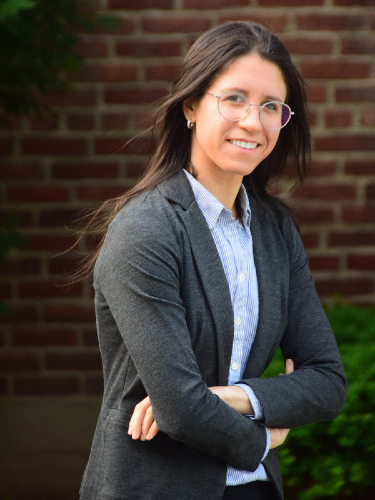On April 24, 2023, Allison Lopatkin, assistant professor of biological sciences, and her team, led by recent Barnard graduate and current Lopatkin lab technician Mehrose Ahmad ’21, published new research in Nature Communications titled “Tradeoff between lag time and growth rate drives the plasmid acquisition cost.”
The journal article examines how conjugative plasmids — DNA elements found in many natural isolated bacteria that drive genetic diversity and evolution in microbial populations — impact single-cell colonies. Although it is known that plasmids can create long-term fitness costs as well as short-term perturbation to their host cell, a quantitative understanding of its physiological manifestations, overall magnitudes, and population-level implications remains unclear. Lopatkin and her team sought to close this gap by tracking the growth of single colonies immediately following plasmid acquisition. The study found that plasmid acquisition costs are primarily driven by changes in lag time, rather than growth rate, for nearly 60 conditions covering diverse plasmids, selection environments, and clinical strains/species. Overall, results suggest that, unlike fitness costs, plasmid acquisition dynamics are not uniformly driven by minimizing growth disadvantages. The researchers also assert that a lag/growth tradeoff has clear implications in predicting the ecological outcomes and intervention strategies of bacteria undergoing conjugation. In conclusion, there is an evolutionary tradeoff in acquiring a new plasmid.
